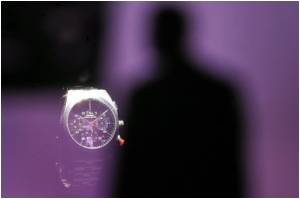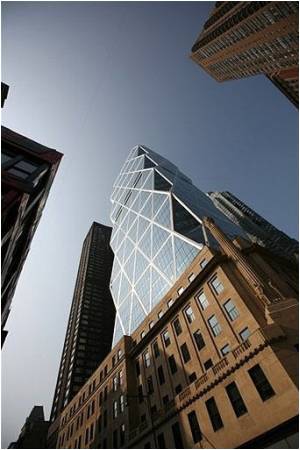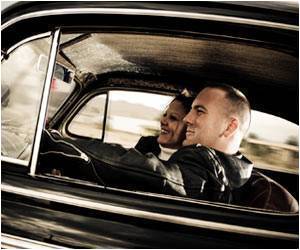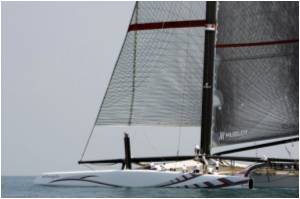Charles Dupont leans over a watchmaker's table where 78 minuscule cogs, wheels and springs lie in a neat display.

Dupont, a 40-year-old computer technician, was one of dozens of aficionados who signed up for a watchmakers' workshop at a luxury watch fair in the French capital last week -- to get under the case of the coveted object.
"It's all about the precision, how on earth they managed to make such ultra-precise mechanisms, even centuries ago," said the Parisian, who used to take alarm clocks to bits as a child to peer at their intricate innards.
Organised by the Swiss-based Fondation de la Haute Horlogerie, for the duration of the Belles Montres fair in Paris and once a month in Geneva, the workshops are fully booked until February.
"We live in a world where the time is everywhere -- on our phones and on gadgets all around us," said industry expert Gregory Pons. "Yet it's precisely because no one needs a watch anymore that we are seeing an explosion of watchmaker brands."
"A watch is a magical object. It locks maximum value into the smallest possible space."
Advertisement
Like 90 percent of trade fair visitors, most watchmaker students are not in the buyer's league for the fare on offer here, with watches that retail for an average of 10,000 euros and can easily jump past 100,000.
Today, 40 percent of Europe's luxury watches -- produced by some 300 brands, mostly in Switzerland -- are shipped to China and other emerging Asian markets like Malaysia, South Korean and Thailand, and the figure soars above 60 percent when Asian tourist purchases are factored in.
Annual sales in emerging Asian markets are surging by 30 percent year on year, with China at the heart of the boom, Pons said.
"There is a real craze," he said. "In Hong Kong, they are having to manage the crowds outside watchmaker stores. Some just want to flash their wealth. But there is more to it than that -- the Chinese have always had a weakness for watches."
With Chinese buyers making up a disproportionate number of the global clique of 15,000 to 20,000 buyers who sustain the luxury end of the market, their tastes are shaping contemporary design.
"The Chinese like their watches classical -- not sporty -- and so everyone is making classical watches. The Chinese like mechanical watches, not quartz. And so everyone is back into mechanical watches," said Pons.
"In the West red is seen as aggressive, but in China it's a sign of prosperity. So we are making red watches."
And because Chinese consumers prefer smaller watches -- having more slender wrists than Americans -- watches are shrinking in size.
Geoffroy Ader, head of watches for Europe at Sotheby's auction house, has also witnessed a surge of Chinese interest in recent years.
"There is a real Chinese tradition around watchmaker's objects," he says.
"Emperors in the 18th century used to order pocket watches in Europe, buying the movement from the English and the enamel from the Swiss," extremely rare models that today fetch record prices at auction.
Later, during the Cultural Revolution in the 1970s, ordinary people were encouraged to aspire to own "Four Big Things" -- a bicycle, a sewing machine, a transistor radio and a wristwatch -- seen as essential to set up a home.
Financial flair is also part of the Asian picture with three luxury watch investment funds set up to date, on the model of what has been done with fine wines, Pons said.
"There is a kind of underlying anxiety, that the good times might not last, so they might as well invest in tangible goods. A watch will never completely lose its value, unlike stocks, the dollar or the yen."
Source-AFP









